Biggest Black Hole In Our Galaxy Discovered
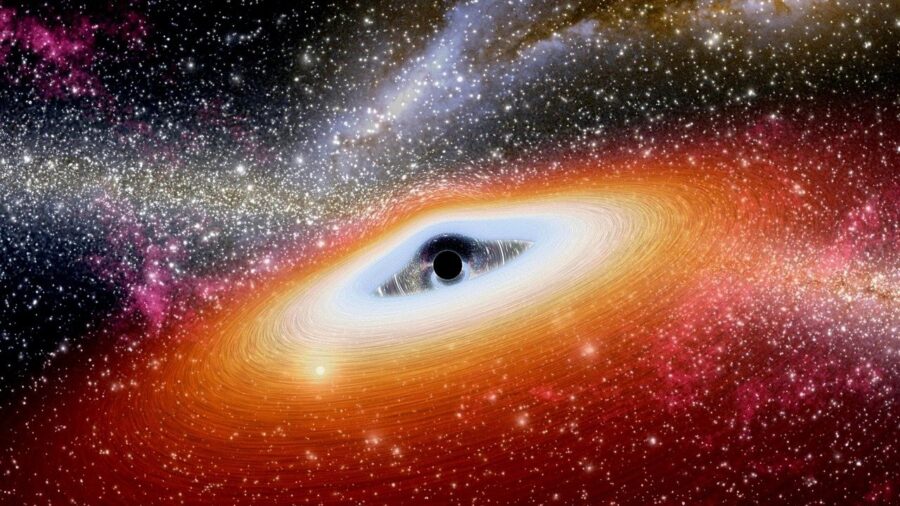
The discovery is groundbreaking: astronomers, sifting through data from the European Space Agency’s Gaia mission, have identified the most enormous stellar black hole ever discovered in the Milky Way galaxy. The discovery was confirmed using the Very Large Telescope (VLT), a vast device indeed, operated by the European Southern Observatory (ESO).
Gaia BH3
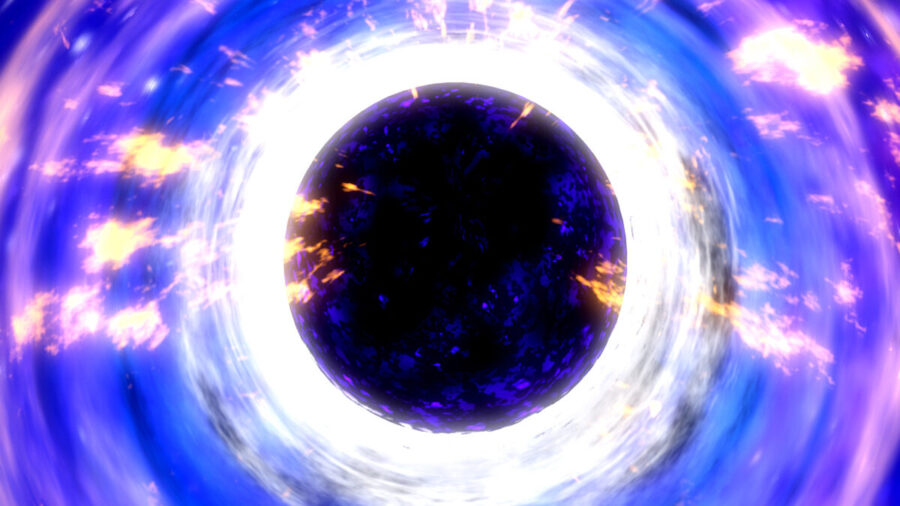
Experts coined this humongous dark chasm Gaia BH3, or BH3 if you’re in a hurry. BH3 is situated a mere 2000 light-years away from Earth, specifically in the Aquila constellation. This would also make it the second-closest black hole to our own Pale Blue Dot.
A Discovery Made Almost On Accident
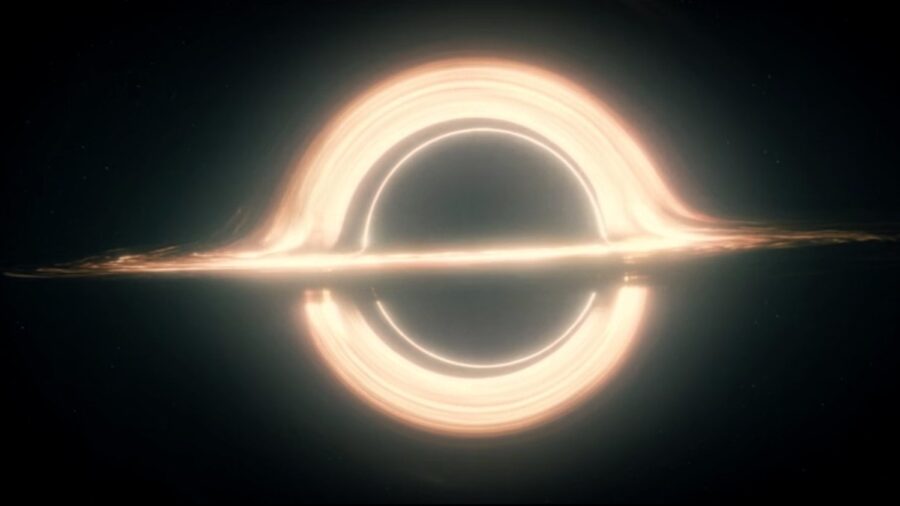
Like many scientific breakthroughs, the identification of the Gaia BH3 dead star was somewhat serendipitous; it was uncovered during a routine review of Gaia’s data, a standard event preceding upcoming data releases.
Pasquale Panuzzo, a Gaia collaboration member and astronomer at the Observatoire de Paris, remarked that the find was genuinely a once-in-a-lifetime feat. The Observatoire functions as part of France’s National Centre for Scientific Research (CNRS).
Verification
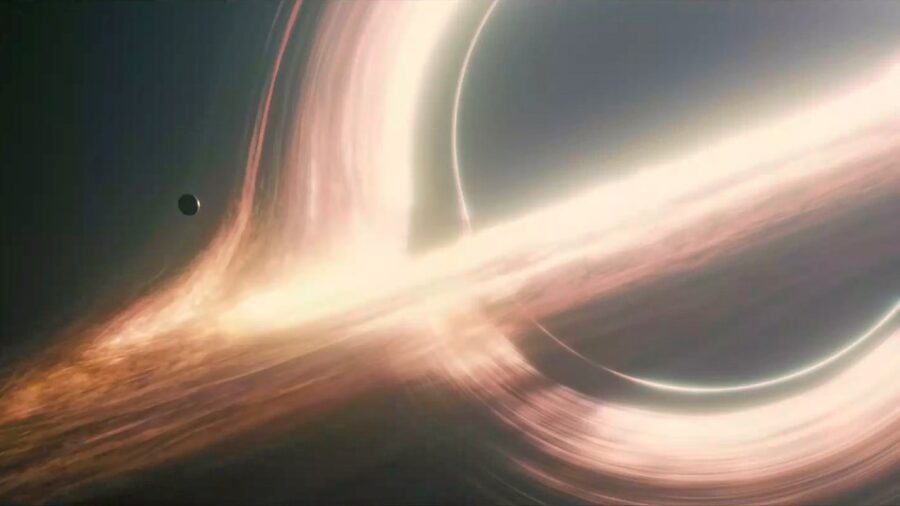
To verify BH3’s mass, experts employed data from ESO’s Ultraviolet and Visual Echelle Spectrograph (UVES) while involving data from other ground-based observatories. Together, these collaborating instruments secured information regarding critical properties of the star orbiting the black hole. Thus, the international team could ascertain the exact measurements of BH3’s mass.
A Metal-Poor Star
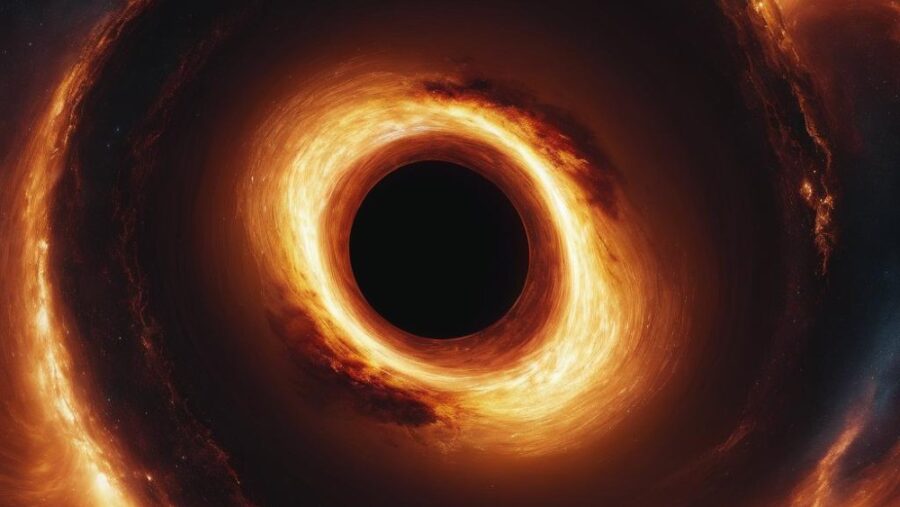
In an exciting twist, scientist theorize that BH3 is formed from a metal-poor star; these stars lack heavy elements, or elements at least heavier than hydrogen and helium. Without these heavy elements, experts think said stars thus forfeit less mass over their long lifetimes, which facilitates more material remaining after their inevitable collapse.
The more material these collapsed stars retain, the bigger the black holes they then become.
As such, the discovery of BH3 offers quite rare and direct evidence connecting metal-poor stars to the generation of high-mass, ultra-big black chasms that result.
More Clues

In a circumstance contributing yet another vital clue, the companion star of BH3 happens to be a significantly metal-poor star. Its location and existence help shed key insights into the conditions engendering massive dead stars like BH3.
Elisabetta Caffau, a second Gaia team member from the CNRS Observatoire de Paris, explained that paired stars usually share similar makeups. Thus, examining the companion star offers revelations about the star that collapsed into the BH3 black hole.
More Research On The Way

Because the discovery is so unique, significant, and exciting, the study documenting it was published ahead of schedule in the celebrated journal Astronomy & Astrophysics. While such feverish activity might imply the beginning of a sci-fi movie in which interdimensional aliens/demons float out of BH3, the early release realistically permits the global astronomy community to commence detailed studies of the phenomenon.
Such studies would take place much earlier before the official data release from the study, which is scheduled for the end of 2025.
In the meantime, science nerds can look forward to further research, which would probably involve the exciting GRAVITY instrument on ESO’s VLT Interferometer. Through these ultra-high-tech machines, scientists may learn to what extent the black hole is actively pulling matter from its surroundings.
Source: ESO












